Media | Articles
These 5 Hot-Rodders Forged the Legacy of the Flathead
In the early 1900s, horsepower was almost exclusively for the Gatsbys of the world. Ford’s flathead V-8, introduced in the depths of the depths of the Great Depression, changed all that. But it needed some help from car obsessives, who went on to invent what we now know as hot-rodding. Learn about them below, then check out Preston Lerner’s deep dive on the Flathead and its impact here.—Ed.
While it’s not without its flaws, the Ford flathead V-8 marked a significant milestone in the history of American performance. Ford’s mass production of the flathead opened up racing to a whole new audience and helped an industry flourish. Ford wasn’t alone, however, as the factory-built flathead was just a building block. Several individuals, through their own innovation and business acumen, were able to build flathead V-8s to horsepower levels that pushed boundaries of speed, developed a massive segment of our hobby, and forged long-lasting businesses, many of which are still with us today. Here are five pioneers of the aftermarket that used the flathead V-8 to cement themselves and their companies in American culture.
Ed Winfield

1901-1982
Known as “The Father of Hot-Rodding,” Winfield got his first job in a blacksmith shop when he was just eight. By the time he was 11, he was stripping down the neighbor’s Model T to shed weight and make it faster. Two years later, he was working on carburetors in Harry A. Miller’s Los Angeles shop where Barney Oldfield’s groundbreaking Golden Submarine race car was being built. With a knack for machinery and an intimate knowledge of engines, Winfield started his own carburetor company in 1919 and began grinding cams the following year. His carburetors were used on eight of the ten Indy 500 winners from 1933-1946, the only exception was Wilbur Shaw, who had won with a Winfield-fed Shaw/Offenhauser engine in 1937 and switched to Maserati power for his wins in 1939 and 1940.
Winfield did it all, from serving as a riding mechanic and racing at Ascot Speedway to working with major automakers in developing engines. Winfield also helped a young Ed Iskendarian with cylinder head work. He was inducted into the Indianapolis Motor Speedway Hall of Fame in 1983 and the Motorsports Hall of Fame in 2011.
Vic Edelbrock Sr.

1913-1962
Already an established mechanic, Vic Edelbrock Sr. designed the Slingshot intake manifold for flathead Ford V-8s in 1938 and tested it on his own 1932 Ford roadster on Southern California’s dry lakes. After WWII, Vic moved into a new shop in Holywood and designed his first cast aluminum cylinder head for flathead V-8s. Also in 1946, Edelbrock created its first catalog of speed parts, and soon its products were found on cars competing in virtually every form of racing, whether it was on the 1/4-mile, on circle tracks, or America’s dry lakes. His son, Vic Jr., took over the business after his passing and expanded the business to include fuel injection and superchargers. Vic Jr. passed away in 2017, but the company continues to make performance parts. To this day, the company makes Victor and Victor Jr. cylinder heads and intake manifolds that keep their legacy alive.
Marketplace
Buy and sell classics with confidence
Stu Hilborn

1917-2013
Born in Canada, Hilborn came to southern California in time to graduate high school and attend junior college in Los Angeles before enlisting in the Army Air Corps (you’re going to notice a trend here). While working on aircraft, Hilborn began scheming up a new way to feed fuel to engines, and once he was back in Southern California, he built a dry lakes racer that would prove his constant-flow fuel injection could compete and win against carburetors. The sleek racer was the first to eclipse 150 mph on the dry lakes and graced the fourth cover of Hot Rod magazine in April, 1948. Hilborn continued to modify and improve his fuel injection design, and in 1952 Bill Vukovich drove the Fuel Injection Special in the Indy 500, where he led 150 laps and was just nine laps from the finish when a steering issue sidelined the car. That was tough luck for Vukovich, but 22-year-old Troy Ruttman passed him and took the win. Rutman, like Vukovich, was running Hilborn fuel injection, as were the remaining drivers on the podium. You can think of Hilborn’s mechanical fuel injection taking over for Winfield’s carburetors, as the individual throttle body system became the induction of choice for America’s top racers, dominating the Indy 500 for decades, claiming 34 victories along the way. Hilborn stacks appeared on road racers of all kinds, and the company’s two-port units could be found atop supercharged drag cars as well, but it all started with the dry lakes flathead.
Alex Xydias

1922-2024
Alex Xydias passed away earlier this year at the age of 102, leaving behind an impressive legacy of business achievement and generosity. His name is synonymous with the So-Cal Speed Shop, the Burbank speed equipment emporium he founded after leaving the Army Air Corps in 1946. The most famous product of that enterprise is the iconic belly tank lakester that graced the January 1949 cover of Hot Rod magazine after it ran using Ford V-8-60 power. The So-Cal Speed Shop followed on the success of the lakester with a sleek streamliner that would go on to be powered by a Mercury flathead that would push the car to 210.8962mph, the fastest time of Speed Week 1950, earning Xydias back-to-back spots on the coveted Hot Rod trophy, and the first in excess of 200mph.

Xydias forged relationships with speed parts manufacturers and helped get race-winning parts into the hands of southern California hot-rodders through his shop, but So-Cal Speed Shop also sold parts across the country through its mail-order catalog, using the fame of his racing success to get more enthusiasts involved by proving what the flathead was capable of.
Ed Iskenderian

1921-
Ever a hot-rodder, Ed Iskenderian’s T roadster was and continues to be an influential build, but there’s a reason he’s known as the Camfather. Shortly after returning from United States Army Air Corps service during WWII, Iskendarian was eager to return to building engines, particularly flatheads, but the booming demand vastly exceeded supply. He didn’t waste time waiting for other cam grinders to catch up. Instead, Isky, already experienced with tool and die work, purchased a machine and converted it to grind cams. Not only were his camshafts effective, but Isky was a talented marketer, coining the term “5-Cycle Cam” to describe his camshafts that used valve overlap and the escaping exhaust gases to scavenge the incoming intake charge. In addition to his many pioneering valvetrain advancements, Isky is also credited with selling logo t-shirts before anyone else. Iskendarian cams are still used by some of the quickest and fastest racers today.


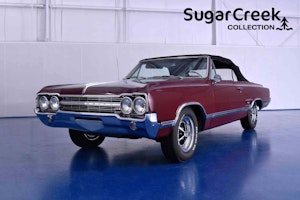
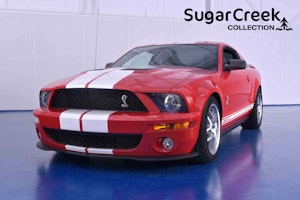
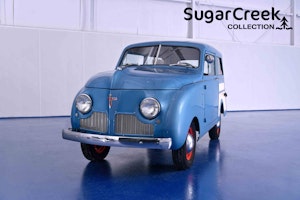
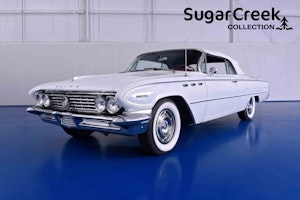
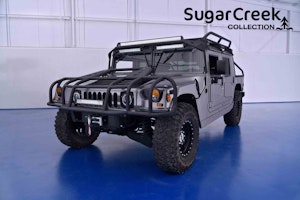
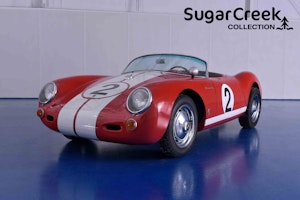
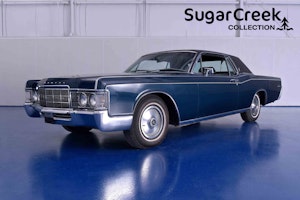
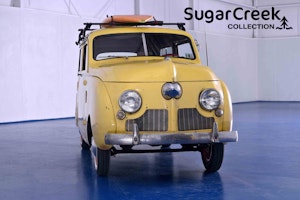









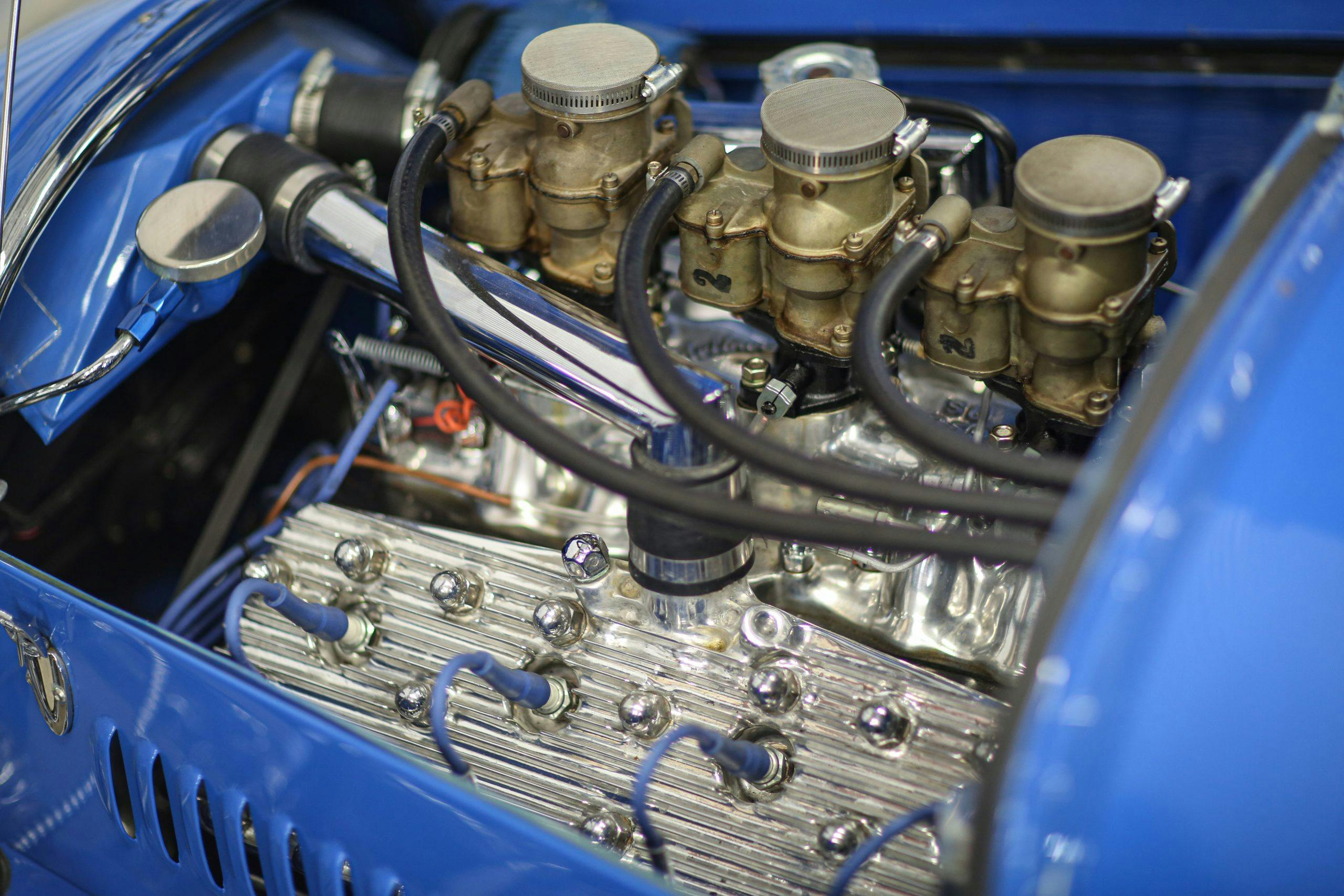
I would have added Zora Duntov to this as his head was very important. But a good list other wise.
This was only part of the article “Ford’s flathead V8 gave power to the people”. There were others mentioned.
I agree Zora Duntov won the Pikes Peak race in a 1954 Chevrolet with the legendary Chevy 265 CID V8. With several innovations such as the 302 CID V8 which had his Duntov 30/30 solid lifter cam. It was originally sold in the Z28 Camato
The story was about Flat Heads, not Overhead Valve engines.
some people
Anyway, sorry to hijack the topic, but the famous “Duntov” camshaft was developed on Smokey Yunick’s dynamometer at his shop in Daytona Beach, Florida. Duntov was a good chassis and suspension man. Smokey was a better engine man.
I believe that the noted “30-30” cam was named in HONOR of A. Z. Duntov, I don’t think he ever claimed “inventing” that grind for a cam.
Smokey was probably the best all-around tuner/innovator that existed.
And I’m not even a Chevy guy !
What about Chet Herbert, father of the roller cam!!!!!
Agreed.
Very interesting read 👍
Flathead OHV conversions were not that important for hot rods, most were sold for trucks to prevent overheating. Well designed flatheads like Edelbrock were fine for hot rods, especially drag and speed record cars that only ran a few minutes at a time.
Absolutely, Zora and his brother should be mentioned. They created the Ardun Conversion, for Flatheads, that allowed flatheads to make huge horsepower and were still being made into the 1990’s, in France for truck use. Besides making big power, they also made the flathead look cool. 🙂
With just a quick glance, an ARDUN could pass for a Hemi ! Especially rolling by on the street with a partial hood look that was popular for a long time.
Thanks for the great article inform readers of these early innovators. I’m not a hot-rod chronicler, and that early era was a bit before my time, so is there a reason to exclude the name of Fred Offenhauser?
The article’s title is “The Legacy of then Flathead V-8” Offenhausers were 4 cylinder engines, not V-8.
Yes, Offenhauser was a pioneer, but not with this motor.
What about his flathead heads and intakes???
Fred H. Offenhauser developed and sold the Offy 4 cylinder race engine. His nephew Fred C. Offenhauser opened eponymous speed equipment company in 1946 and sold his aluminum heads and intakes for flathead Fords.
good read interesting
Bill Findlay, Barney Navarro, Larry Shinoda.
You certainly omitted a bunch of greats—Offenhausee…the Harman-Collins boys, Kong, Ed Walker etc.
The article is “These 5 Hot-Rodders Forged the Legacy of the Flathead,” not “These 25 Hot-Rodders Forged the Legacy of the Flathead”
The author gets to/has to choose the 5 they want to use in the article.
In Culver City, CA, an old, empty, nondescript building sits close to the 405 Freeway. In fading letters is written “ISKENDERIAN RACING CAMS”. I drive by it at least twice every day. Ed was known to me as an Ohio teenager in the late 50’s.
That’s cool, History
And I think that Iskendarian still owns the building.
Interesting read. Many will question why others didn’t make the list (Duntov), but he really doesn’t belong there. Yes he transformed the Corvette and his legacy is rooted in the sportscar, not hot rodding. Good to see Isky get some recognition. I think the author Gillogly got this list just right.
Ardun heads?
I agree
An Excellent List. When you develop your list for the Custom Car Scene, remember Ed “Big Daddy” Roth, whose vision coupled with his pioneering work with fiberglass resulted in the ‘Orbitron’ which redefined the Custom Car World.
Now that would be another interesting story – the “top five” who influenced Custom Cars (or should I say “Kustom”?) in the 50’s and 60’s. Ed Roth for sure. George Barris, Dean Jeffries, Bill Cushenbery are other names I remember from reading “Car Craft” magazine as a teenager, but I’m sure there were many more.
Back in the 70’s, we were building a Chevette engine for racing. But no one listed a cam. The guy who answered said “Just a minute”. A different voice came on. The voice asked “That Chevette, kinda like a 2 liter Pinto, isn’t it”
I confirmed that yes, both were overhead cam, cross flow four cylinders. “You wanna try a Pinto grind? Me, knowing nothing, said “Sure!” We got the cam, and that Chevette screamed. And I discovered that the voice on the phone was the camfather himself.
Love this! So indicative of how “the greats” in hot rodding weren’t pigeonholed into what most would consider “appropriate” or “acceptable” in one “hot rodding” aspect or another. Instead, they were passionate about the idea and the desire to “push the limits” and they recognized everyone who shared their passion of “rolling up their sleeves” and “burning midnight oil” in their garages, in the pursuit of speed. Most would’ve scoffed at the idea of building a Chevette… it takes a great and passionate appreciation of hot rodding to recognize that hot rodding comes in many forms.
This brought up smiles and memories! I wanted a cam for one of my MGA’s and an MGB. They hadn’t any “off the shelf” so I drove over to Culver City with several cams. What an adventure for a teenager in the 1960’s. A few weeks later and another trek from Pasadena to a very nondescript, unassuming shop. Boy, oh boy, did those cams work!
A great anecdote of your brush with a hot-rodding historical figure is one to pass down to the next generation.
I think it’s great that Isky still walks among us. Interesting to note that with the exception of the great Vic
Edelbrock, an interest in hot rods brings longevity, too! Start wrenching on!
Simply a great article. Thank you for sharing. I’m sure this was difficult to pick out just a few of the greats, but these men listed here were true Trail Blazers.
No doubt, there are others who were involved and helped these early ground-breakers progress in their achievements. Their contributions should also be noted, but then, where do you end? As there are younger contributors to the evolution of hot rodding, even today. Or beginning today, whose affect has yet to be realized.
NOT to forget the OEM factory engineers who birthed the engines these earlier “hot rodders” worked their magic on.
One thing I heard, back in the 1980s at a local hot rod parts jobber, was that almost all of these earlier guys did not immediately start by working out of a nice building at first, but started their companies out of their home garages. As the desire for their parts grew, THEN came the larger and better facilities, a few years later.
In the early 1970s, a friend was getting ready to upgrade his ’64 Ford Galaxie 352 to “something better”. There was a page in the back of an Edelbrock catalog to use to mail them questions. He did that and got a reply back that was signed by Vic Edelbrock, Jr. We were not prepared to get a reply from “the man” himself! It’s that hands-on approach that probably helped these early pioneers get the widespread acclaim they deserve.
With respect to Ed Iskenderian, can’t forget Harvey Crane, either. Camshafts but also fully-worked cyl heads to compliment their camshafts.
“Upgraded” my 1966 GTO 389 TriPower Ram Air with a Crane Cam & locking rocker nuts. Lots of memories of these guys when they were starting out.
Yes sirree, I did the same with my 66′ tri-power goat back in 1969/70 by installing a Crane 312 cam and then discovering I needed to install a set of those poly lock nuts to adjust the rocker arms, and so with a 456:1 posi 10 bolt rear that I constantly would blow, shifted with a 2:20 to 1 first gear in a regular Muncie 4spd surely brought that 389 Pontiac to life.
1965,Harvey Crane offered a full race cam for our Cushman(flat head ) class C drag bike. Flatheads Forever!
Great article. These are the kind of stories that make my Saturday morning … Now I have to mow my lawn!!
Henry Ford began as a Hot Rodder…
Now I’m questioning if I shouldn’t sell my flat head with A-B heads! Hummmmm
txs for the history lession.
did Bonnie+Clyde etc help hotrodding too?
if Ford’s flathead was a response to the Great Depression,
did hotrodding helped end it.
what about WW2 ?